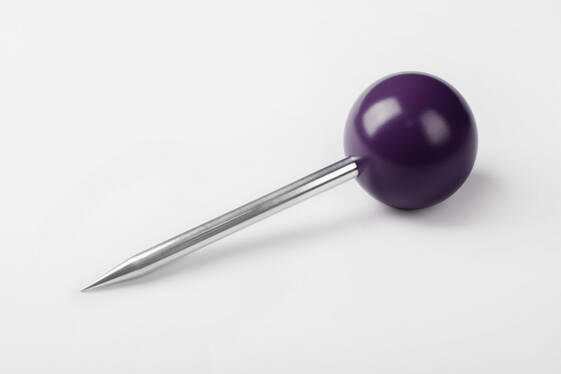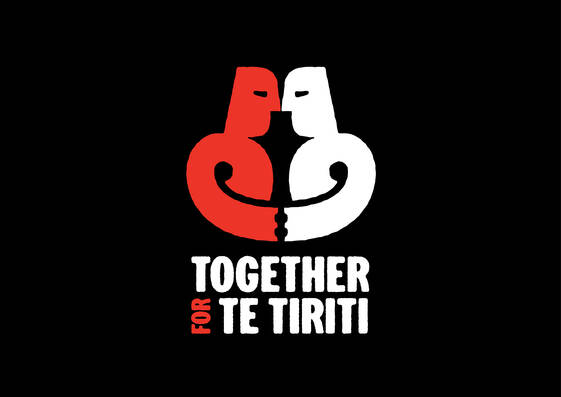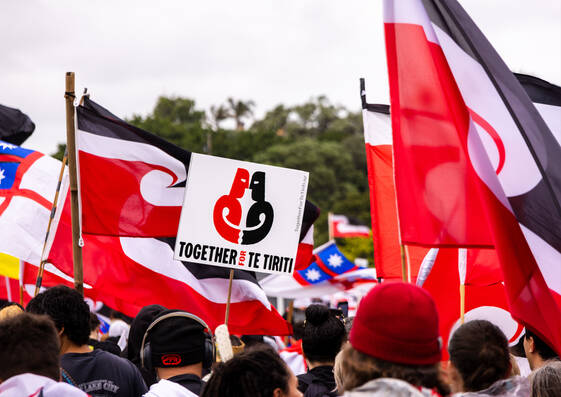The very best project in each discipline at the Best Design Awards is awarded the supreme, Purple Pin for work that truly raises the bar for New Zealand design.
Purple Pin Case Study — Public Good
Extended Whānau
Together for Te Tiriti

Purple Pin 2025
Social Good Award: Together for Te Tiriti
Studio: Extended Whānau

Judges Comments
A beautifully simple yet deeply powerful symbol of unity. It became much more than a design - it grew into a movement, a democratised image that people across Aotearoa could claim as their own. At a time when people were searching for something that resonated with their values, this symbol appeared and filled that space with positivity and strength. The power lay in seeing communities from all corners of the country create and adapt their own versions, while still remaining part of something collective and uniquely Aotearoa.
Description
With the regressive Treaty Principles Bill threatening to unweave our nation and its history, we were approached by ActionStation Aotearoa to work on a campaign that emphasises kotahitanga and the importance of Te Tiriti for all peoples of Aotearoa.
ActionStation Aotearoa had spent time with iwi leaders strategising how best to support the Te Tiriti movement, and it was agreed that the campaign needed to be grounded in te Ao Māori, and welcoming of tauiwi supporters.
From a te ao Māori perspective, when we think about partnerships and our relationship to one another, it’s hard to go past the pōhiri ceremony. Wrapped up in that is the dynamic of manuhiri and hau kainga, conflict and resolution, and the acknowledgement of people and place.
A symbolic moment within this ceremony is the hongi. It is an iconic part of our culture. Most of us have experienced it. You could say it’s our version of a handshake, but it is much deeper than that. It is said the first hongi happened when Tāne breathed life into Hineahuone and created mankind. Since then, it has been a way for us to share breath, to see eye to eye, and to acknowledge one another. Through these interactions it is a symbol of life and unity.
It is also intertwined with conflict and resolution. When manuhiri descend onto a marae, they must pass through the realm of Tūmatauenga, the god of war, before arriving at the realm of Rongo, the god of peace. Through this process, challenges and conflicts are addressed and resolved, and we cross the threshold from being strangers to being unified. Regardless of what side of the hongi we’re on, we now have responsibilities to one another.
As designers, our responsibility is often to create things that people can use, and things that carry a message. We have a lot of respect and belief in the power of visual symbols to do this. How can it be bold enough to be recognised at a distance? How can it be distinctive, but also simple so other people can reproduce it themselves? How can it relate to a wider cause through colour? And so on.
Together For Te Tiriti adds to the Toitū Te Tiriti movement and conversation in the hopes that our collective efforts paint the picture of the future we want to live in and the future we want our kids and their kids to grow up in.
